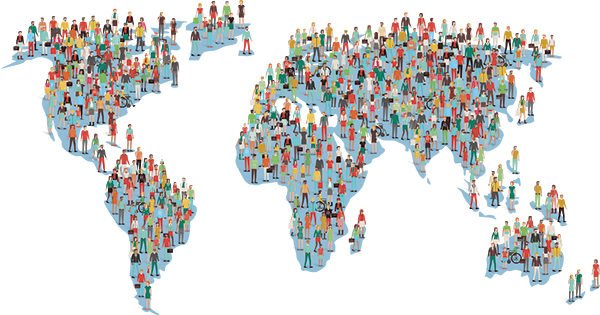China’s aging population could become a problem for global supply chain
The world that China’s aging population problem is going to disrupt the global supply chain as the world is highly reliant on the second-largest economy

An Australian economist has been warning the world that China’s aging population problem is going to disrupt the global supply chain as the world is highly reliant on the second-largest economy. China’s census which is released once-a-decade showcased the fact that the population of the mainland China stood at 1.41 billion people as of November 1, 2020. It is recorded to be the slowest growth rate since the 1950s. Over the upcoming years, China is expected to lose 70 million of its working population which could initiate a supply shock for the global supply chain.
The other impact of this rising population could fall on financial markets, as China’s high savings rate has been providing support to the global markets. China has world’s highest savings rates among individuals, and many investors were investing their spare cash, or pouring the money in pension funds. However, the rising population may result in more outflow than inflow of the savings making the Chinese financial markets go weak.
The once-a-decade census also showcased that birth rate has been falling, declined by 15% in 2020 which is a fourth straight year of decline.
Many economists have stated that China’s aging problem has now gone beyond the one-child policy and other changes are required for boosting birth rates and reduce population aging. On the same lines of many major economies, expensive housing and education has resulted in refraining Chinese people from having children until they become financially sane. Many economists have been thinking of devising policies so that the country could boost its labor productivity instead.
China is expected to sustain its growth via technological developments, which might include high tech, increasing value-adds, transforming the whole supply chain, for supporting the economic growth of the country on a sustainable basis.






























